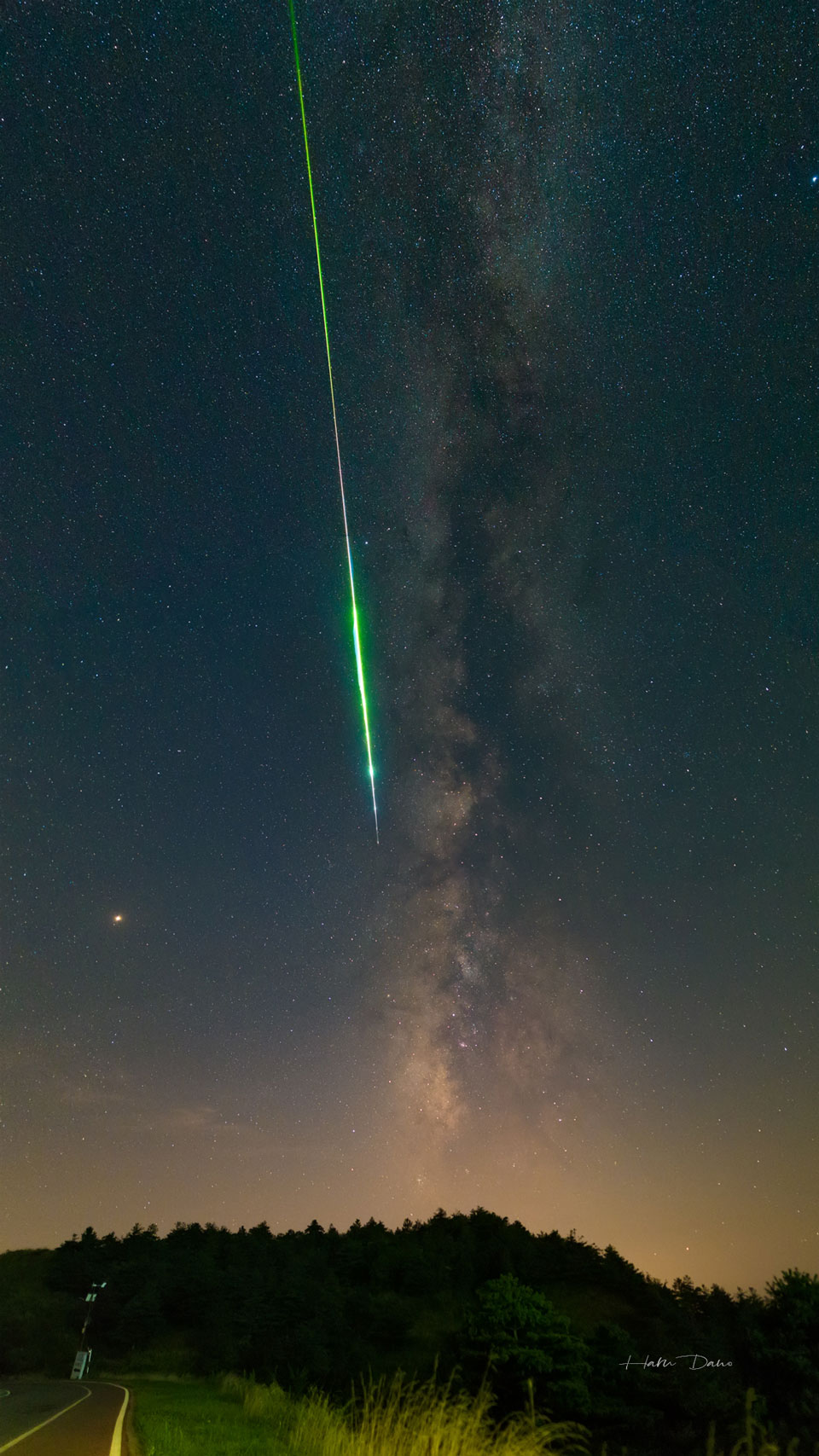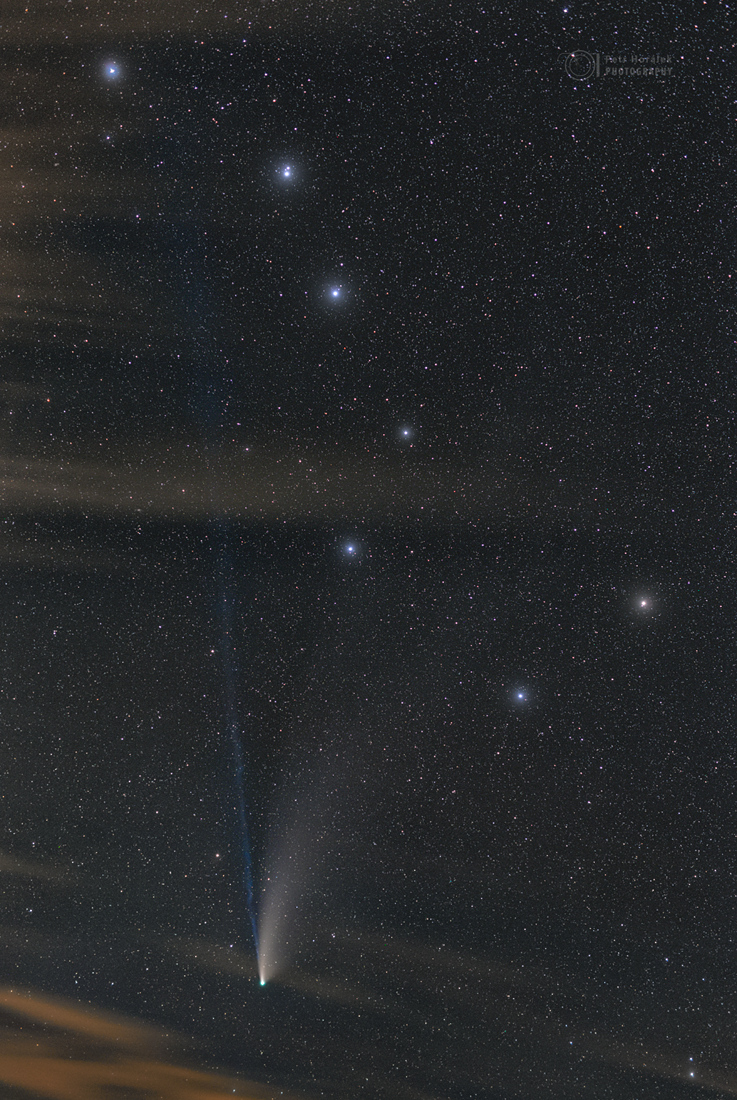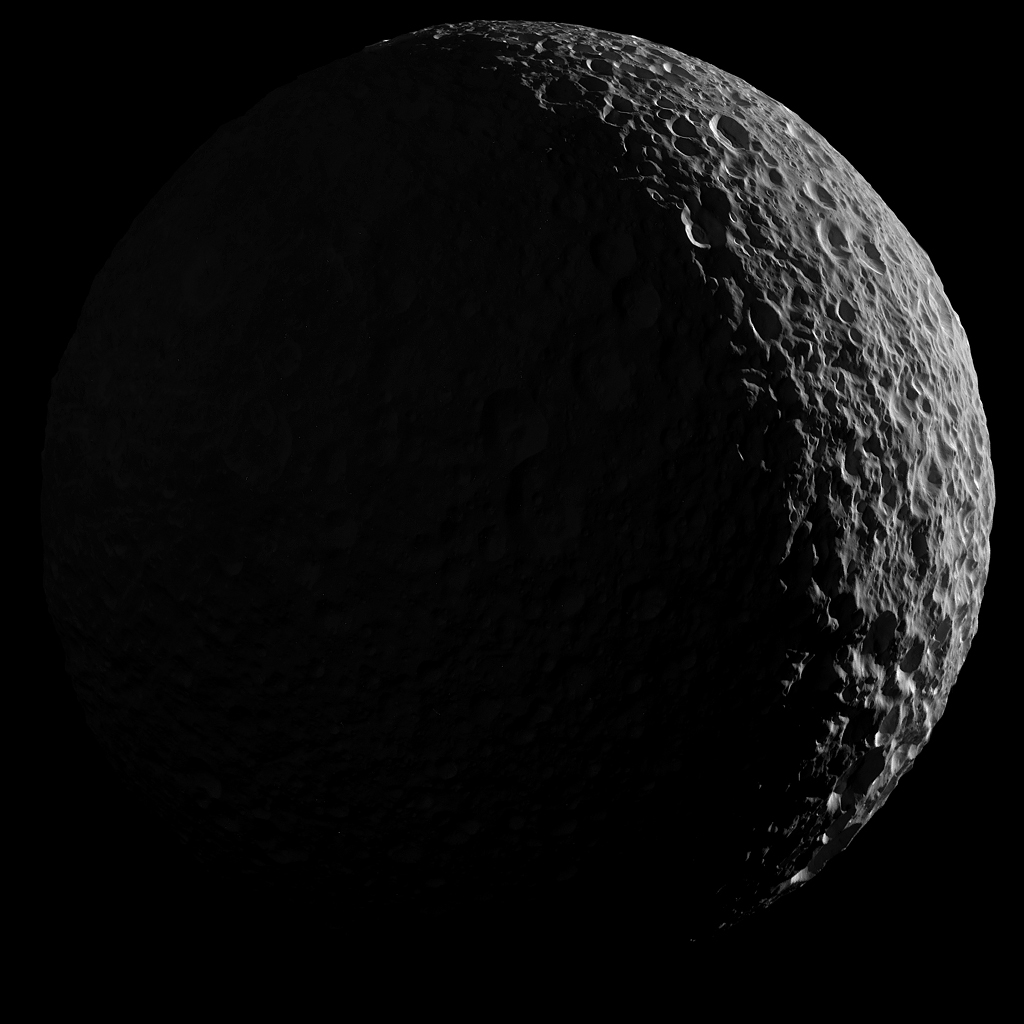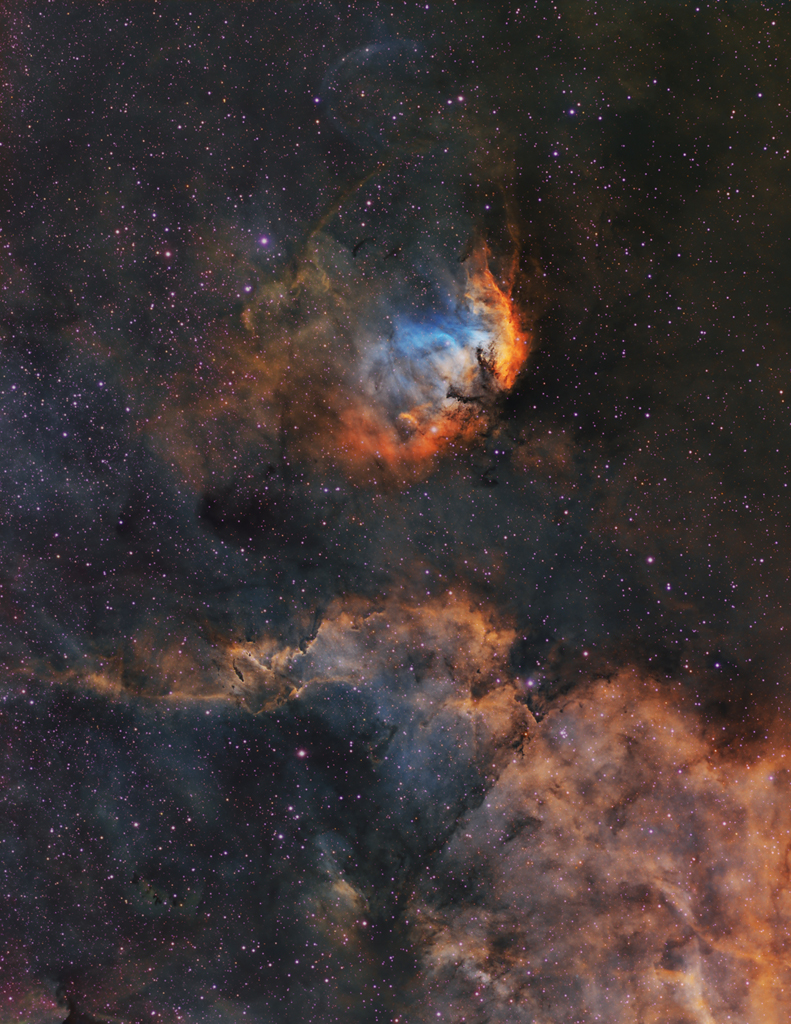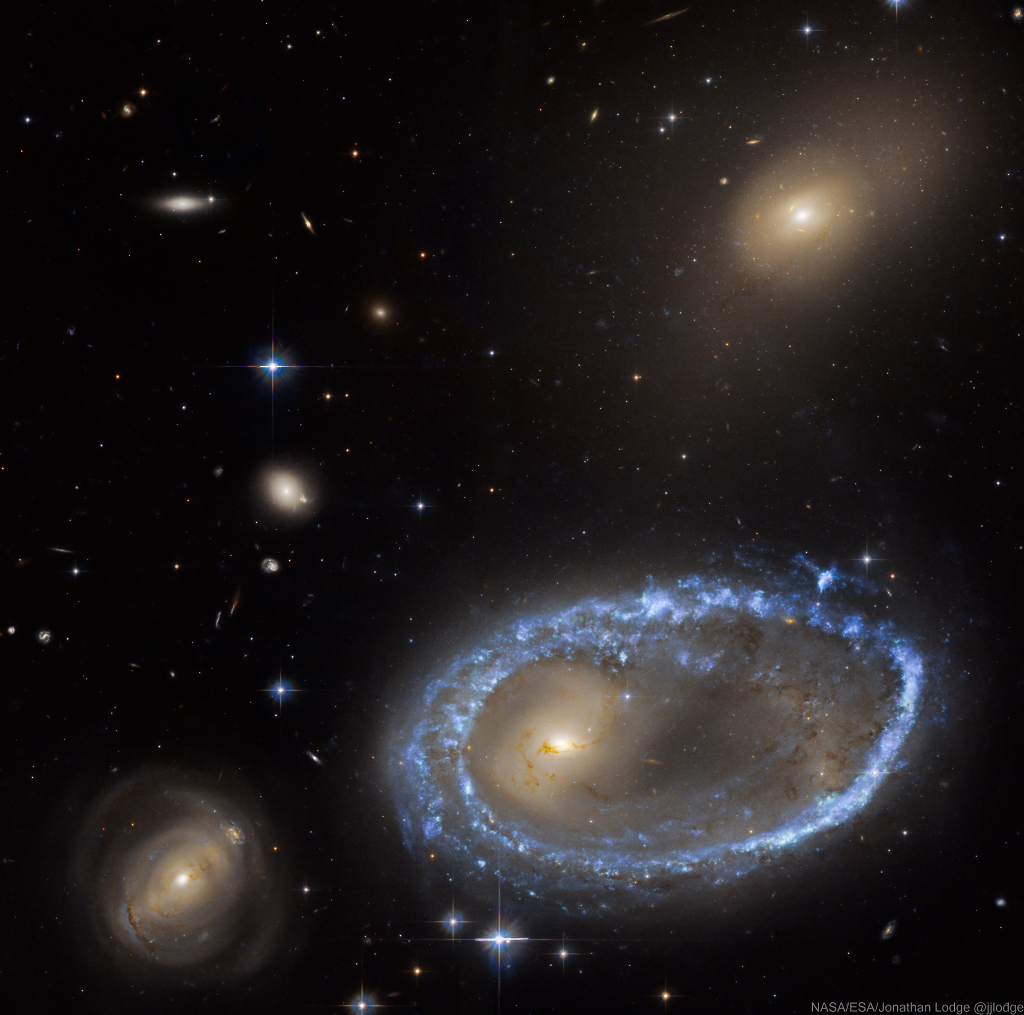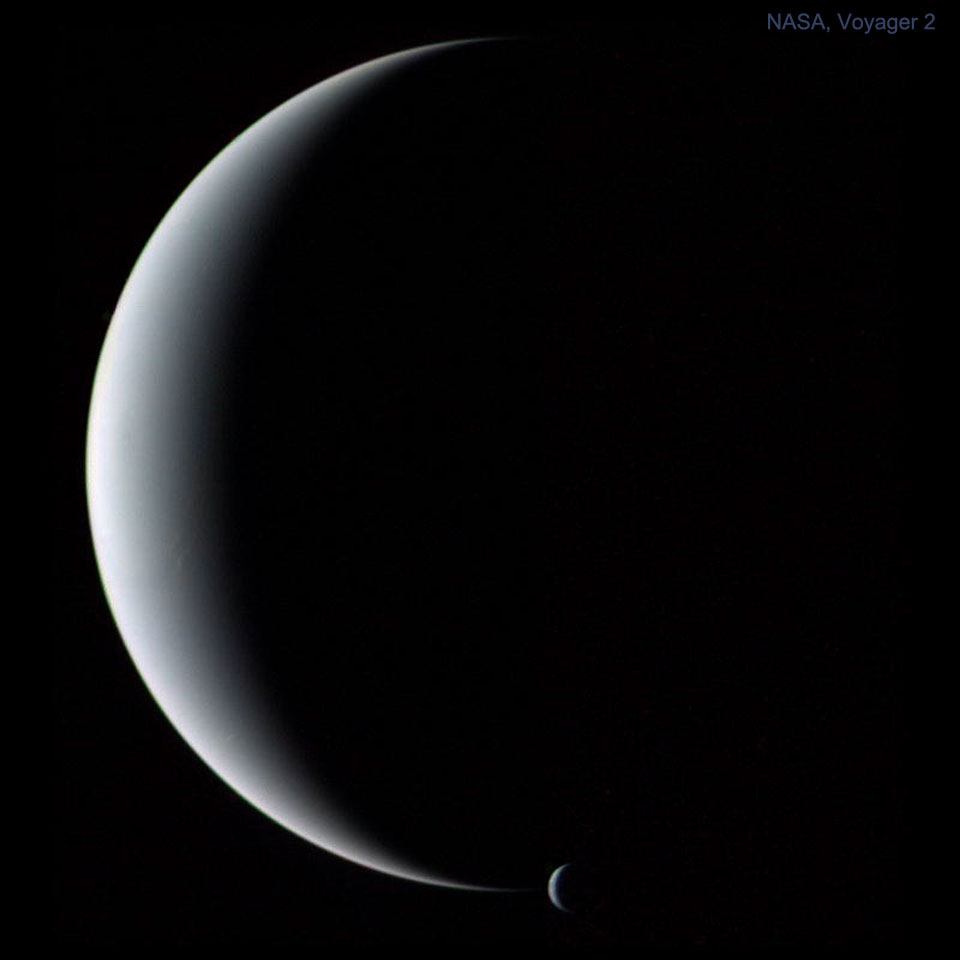Prendre une rafale de photos d’un coup Vous voulez prendre plein de photos d'un seul coup ? Il suffit de rester appuyé sur le bouton pour enclencher le mode rafale automatiquement.
Nombre total de pages vues
03/08/2021
I-PHONE ASTUCES - Plein de photos d'un seul coup
Prendre une rafale de photos d’un coup Vous voulez prendre plein de photos d'un seul coup ? Il suffit de rester appuyé sur le bouton pour enclencher le mode rafale automatiquement.
ASTRONOMY - A Perseid Fireball and the Milky Way
2021 August 3
Image Credit & Copyright: Dandan Huang
Explanation: It was bright and green and flashed as it moved quickly along the Milky Way. It left a trail that took 30 minutes to dissipate. Given the day, August 12, and the direction, away from Perseus, it was likely a small bit from the nucleus of Comet Swift-Tuttle plowing through the Earth's atmosphere -- and therefore part of the annual Perseids meteor shower. The astrophotographer captured the fireball as it shot across the sky in 2018 above a valley in Yichang, Hubei, China. The meteor's streak, also caught on video, ended near the direction of Mars on the lower left. Next week, the 2021 Perseids meteor shower will peak again. This year the Moon will set shortly after the Sun, leaving a night sky ideal for seeing lots of Perseids from dark and clear locations across planet Earth.
02/08/2021
PRATIQUE/POURQUOI - Pourquoi un glaçon flotte t-il sur l'eau ?
ASTRONOMY - The Hubble Ultra Deep Field in Light and Sound
Image Credit: NASA, ESA, Hubble; Sonification: G. Salvesen (UCSB); Data: M. Rafelski et al.
Explanation: Have you heard about the Hubble Ultra-Deep Field? Either way, you've likely not heard about it like this -- please run your cursor over the featured image and listen! The Hubble Ultra-Deep Field (HUDF) was created in 2003-2004 with the Hubble Space Telescope staring for a long time toward near-empty space so that distant, faint galaxies would become visible. One of the most famous images in astronomy, the HUDF is featured here in a vibrant way -- with sonified distances. Pointing to a galaxy will play a note that indicates its approximate redshift. Because redshifts shift light toward the red end of the spectrum of light, they are depicted here by a shift of tone toward the low end of the spectrum of sound. The further the galaxy, the greater its cosmological redshift (even if it appears blue), and the lower the tone that will be played. The average galaxy in the HUDF is about 10.6 billion light years away and sounds like an F#. What's the most distant galaxy you can find?
31/07/2021
AERONAUTIQUE - Histoire de l'aviation - (2)
Le début du 21ème siècle : le transport aérien c'est tellement développé que certaines zones sont saturées. Sur le plan militaire, l'avion n'est qu'un des composants des systèmes de l'armée et le rôle des pilotes se réduit au profit des systèmes automatiques. 1. Les premiers planeurs. Le premier homme à avoir plané en dirigeant son avion s'appelle Otto Lilienthal, il a effectué plus de 2000 vols avec sa machine en sautant d'une colline. Les premiers vols fait à partir d'un avion muni d'un gouvernail qui permettait de contrôler la trajectoire de celui-ci ont été réalisés par les frères Wright.
ASTRONOMY - Remembering NEOWISE
2021 July 31
Image Credit & Copyright: Petr Horalek / Institute of Physics in Opava
Explanation: It was just last July. If you could see the stars of the Big Dipper, you could find Comet NEOWISE in your evening sky. After sunset denizens of the north could look for the naked-eye comet below the bowl of that famous celestial kitchen utensil and above the northwestern horizon. The comet looked like a fuzzy 'star' with a tail, though probably not so long a tail as in this memorable skyview recorded from the Czech Republic on July 23th, 2020, near the comet's closest approach to planet Earth. Photographs of C/2020 F3 (NEOWISE) often did show the comet's broad dust tail and fainter but separate bluish ion tail extending farther than the eye could follow. Skygazers around the world were delighted to witness Comet NEOWISE, surprise visitor from the outer Solar System.
30/07/2021
ASTRONOMY - Mimas in Saturnlight
2021 July 30
Image Credit: Cassini Imaging Team, SSI, JPL, ESA, NASA
Explanation: Peering from the shadows, the Saturn-facing hemisphere of Mimas lies in near darkness alongside a dramatic sunlit crescent. The mosaic was captured near the Cassini spacecraft's final close approach on January 30, 2017. Cassini's camera was pointed in a nearly sunward direction only 45,000 kilometers from Mimas. The result is one of the highest resolution views of the icy, crater-pocked, 400 kilometer diameter moon. An enhanced version better reveals the Saturn-facing hemisphere of the synchronously rotating moon lit by sunlight reflected from Saturn itself. To see it, slide your cursor over the image (or follow this link). Other Cassini images of Mimas include the small moon's large and ominous Herschel Crater.
29/07/2021
ASTRONOMY - The Tulip and Cygnus X-1
2021 July 29
Image Credit & Copyright: Carlos Uriarte
Explanation: This tall telescopic field of view looks out along the plane of our Milky Way Galaxy toward the nebula rich constellation Cygnus the Swan. Popularly called the Tulip Nebula, the brightest glowing cloud of interstellar gas and dust above center is also found in the 1959 catalog by astronomer Stewart Sharpless as Sh2-101. Nearly 70 light-years across the complex and beautiful Tulip Nebula blossoms about 8,000 light-years away, shown in a Hubble palette image that maps the glow of the nebula's sulfur, hydrogen, and oxygen ions into red, green, and blue colors. Ultraviolet radiation from young energetic stars at the edge of the Cygnus OB3 association, including O star HDE 227018, ionizes the atoms and powers the emission from the Tulip Nebula. Also in the field of view is microquasar Cygnus X-1, one of the strongest X-ray sources in planet Earth's sky. Driven by powerful jets from a black hole accretion disk, its fainter bluish curved shock front is only just visible though, directly above the cosmic Tulip's petals near the top of the frame.
28/07/2021
ASTRONOMY - Ring Galaxy AM 0644-741
2021 July 28
Image Credit: NASA, ESA, Hubble, HLA; Processing: Jonathan Lodge
Explanation: The rim of the large blue galaxy at the right is an immense ring-like structure 150,000 light years in diameter composed of newly formed, extremely bright, massive stars. AM 0644-741 is known as a ring galaxy and was caused by an immense galaxy collision. When galaxies collide, they pass through each other and their individual stars rarely come into contact. The large galaxy's ring-like shape is the result of the gravitational disruption caused by a small intruder galaxy passing through it. When this happens, interstellar gas and dust become compressed, causing a wave of star formation to move out from the impact point like a ripple across the surface of a pond. Other galaxies in the field of view are background galaxies, not interacting with AM 0644-741. Foreground spiky stars are within our own Milky Way. But the smaller intruder galaxy is caught above and right, near the top of the frame taken by the Hubble Space Telescope. Ring galaxy AM 0644-741 lies about 300 million light years away toward the southern constellation Volans.
25/07/2021
ASTRONOMY - Crescent Neptune and Triton
2021 July 25
Image Credit: NASA, Voyager 2
Explanation: Gliding silently through the outer Solar System, the Voyager 2 spacecraft camera captured Neptune and Triton together in crescent phase. The elegant picture of the gas giant planet and its cloudy moon was taken from behind just after closest approach in 1989. It could not have been taken from Earth because Neptune never shows a crescent phase to sunward Earth. The unusual vantage point also robs Neptune of its familiar blue hue, as sunlight seen from here is scattered forward, and so is reddened like the setting Sun. Neptune is smaller but more massive than Uranus, has several dark rings, and emits more light than it receives from the Sun.
SANTé/MEDECINE - LA GUERISON DU CANCER : Un espoir immense - La troisième voie -2/7-
Reprogrammer le cancer, fantasme ou réalité scientifique ? Oui, cancer. Le mot qui crispe, le monstre tentaculaire qui hante les statistique...

-
2022 September 26 All the Water on Planet Earth Illustration Credit: Jack Cook, Adam Nieman, Woods Hole Oceanographic Institution ; Data ...
-
2025 January 14 North Star: Polaris and Surrounding Dust Image Credit & Copyright: Davide Coverta Explanation: Why is Polaris called ...

